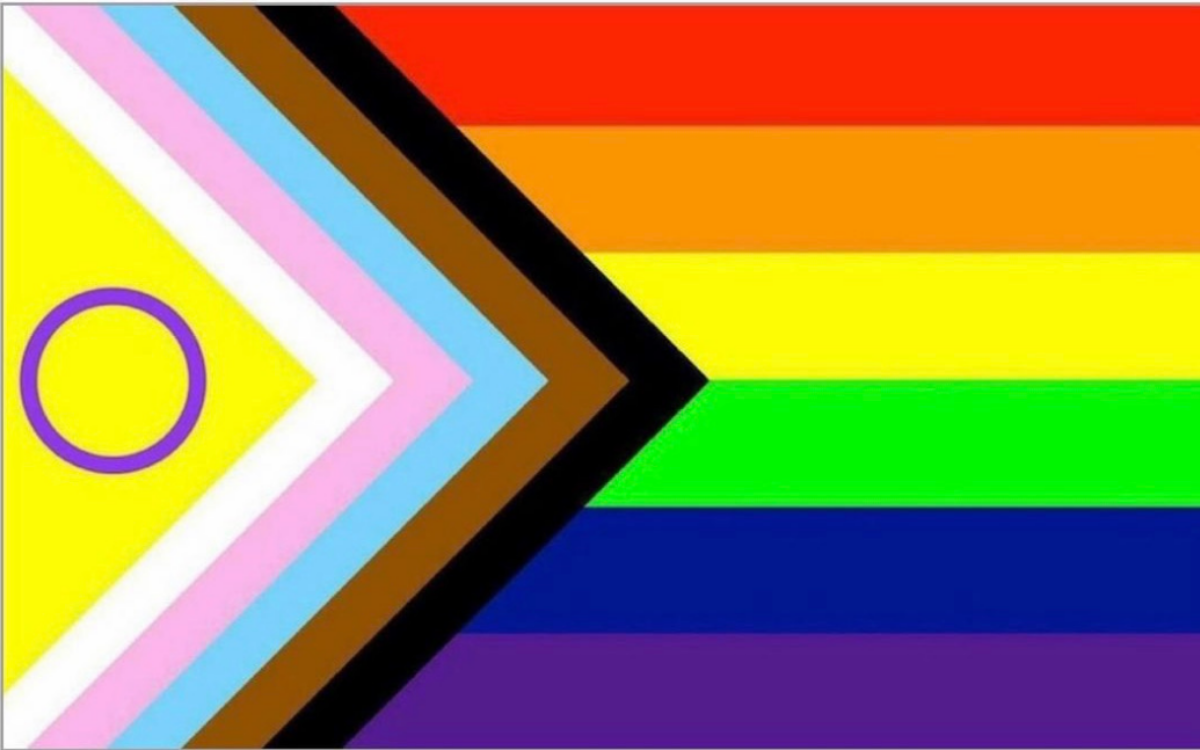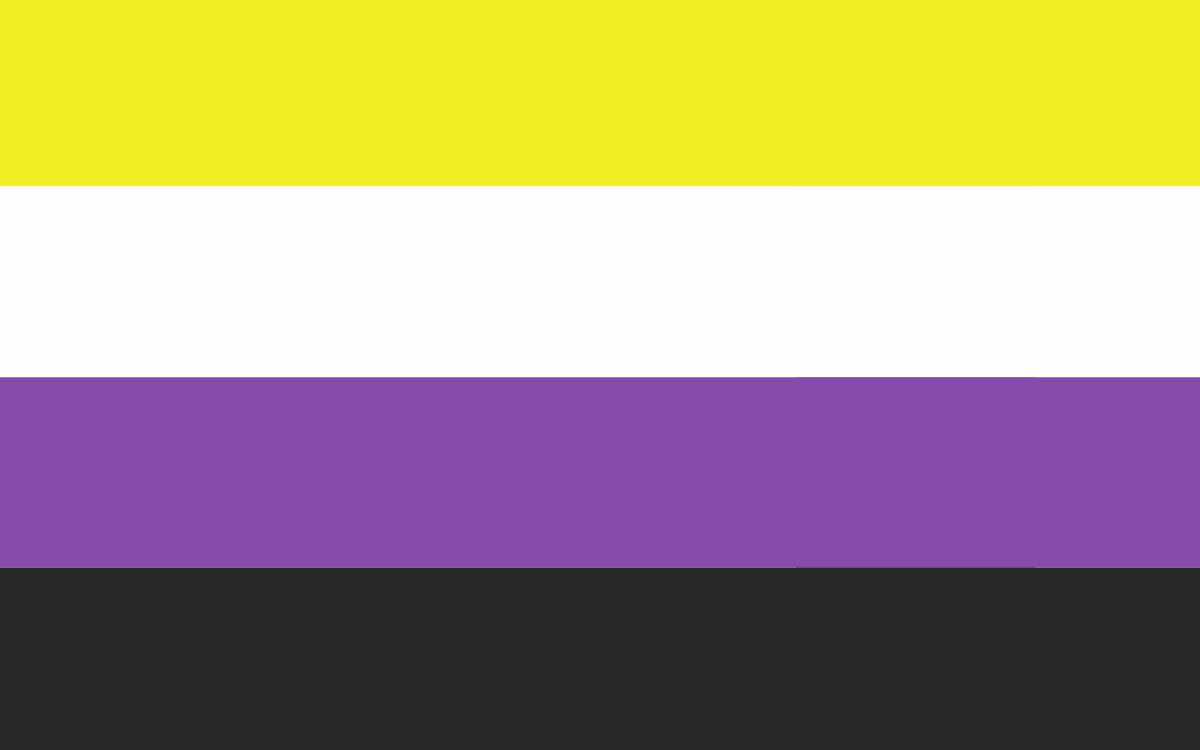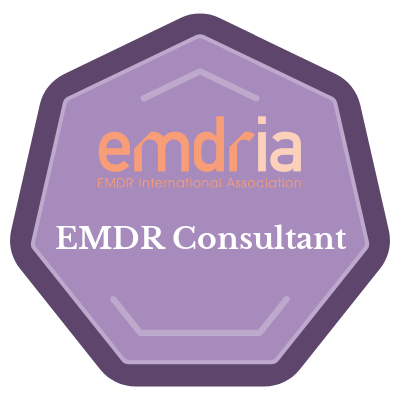Boundaries 101

Boundaries are the rules or limits that define what is you and what is not you. Therefore, these boundaries also hep define what is your responsibility and what is not.
Further, boundaries help to identify reasonable, safe and permissible ways for others to behave towards yourself or how you will behave towards you. These guidelines then also suggest what to do if/when someone violates those boundaries.
Boundaries help create realistic expectations for yourself and others. This helps others to know what is okay with you and what is not. Above, boundaries are represented by the circles to help explain relational boundaries.
Independence is when one person is completely separate from another, as represented above by two separate circles. Depending on the type of relationship these people have this might be healthy, as it would be with strangers.
But if these completely separate circles represent a married couple, then this is unhealthy as there should be sharing of goals, experiences, priorities, etc.
Interdependence is when there is overlap in the two circles. This is how a healthy relationship works. The two people are separate but the overlap in the circles represent shared time, shared goals, shared work, etc.
Enmeshment is when there is no real separateness between individuals. Have you ever heard someone say, “I don’t know where you begin and I end”? This is an example of enmeshment. One person’s goals, feelings and needs are all that matter in this type of relationship, which is not healthy.
Healthy boundaries are flexible, in that they should vary depending on the situation, your relationship to other person, your values, and where you are at mentally, emotionally, and physically.










